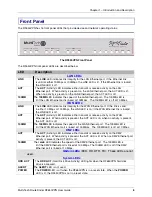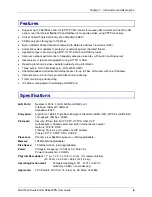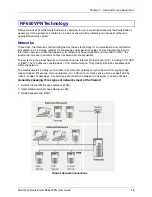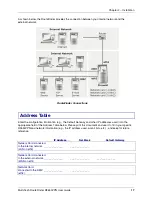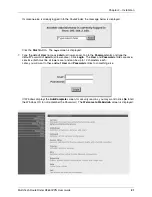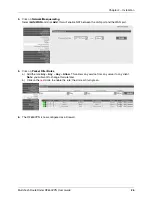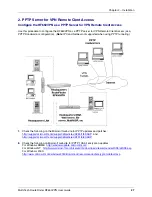
Chapter 1 – Introduction and Description
Multi-Tech RouteFinder RF650VPN User Guide
14
Application Layer Gateways: Proxies
A second significant type of firewall is the application layer gateway. It is responsible for buffering
connections between exterior systems and your own system. Here, the packets aren’t directly passed on,
but a sort of translation takes place, with the gateway acting as an intermediary stop and translator.
The application gateway buffering processes are called proxy servers, or, for short‚ proxies. Every proxy
can offer further security features for the task it is designed for. Proxies generally offer a wide range of
security and protocol options.
Each proxy serves only one or a few application protocols, allowing high-level security and extensive
logging and analysis of the protocol’s usage.
Examples of existing proxies are:
·
The SMTP proxy, responsible for email distribution and virus-checking.
·
The HTTP proxy, supporting Java, JavaScript, ActiveX-Filter, and ad banner filtering.
·
The SOCKS proxy (the generic circuit-level proxy) which supports applications such as FTP
clients, ICQ, IRC, or streaming media.
Application level gateways offer the advantage of physical and logical separation of the protected and
unprotected networks. They make sure that no packet is allowed to flow directly between networks,
resulting in higher security.
Protection Mechanisms
Further mechanisms ensure added security. Specifically, the use of private IP addresses in combination
with Network Address Translation (NAT) in the form of
·
Masquerading
·
Source NAT (SNAT)
·
Destination NAT (DNAT)
These allow a whole network to hide behind one or a few IP addresses, preventing the identification of
your network topology from the outside.
Firewall Connectivity






